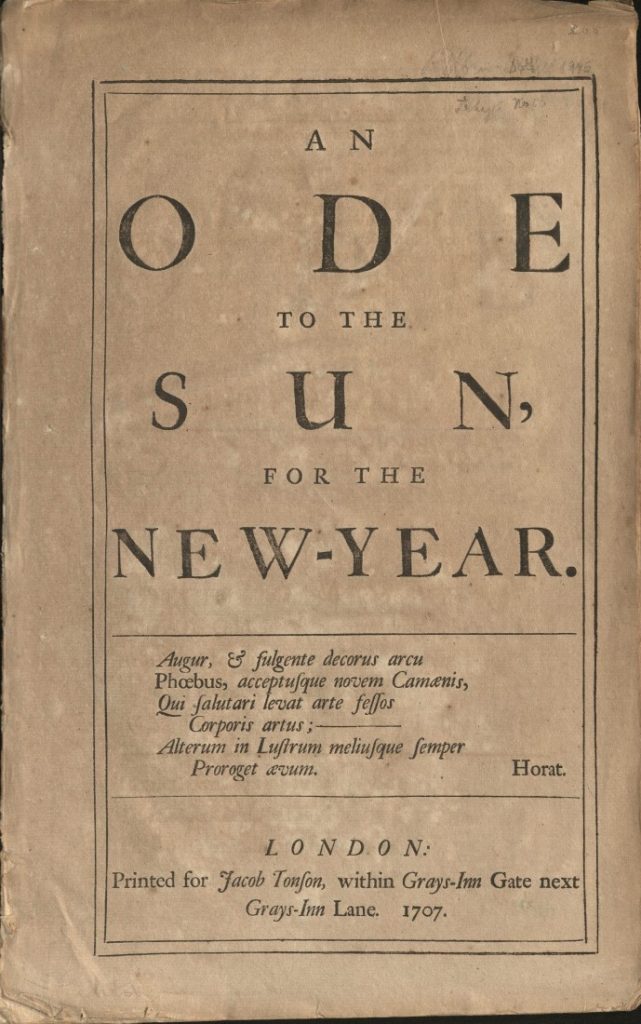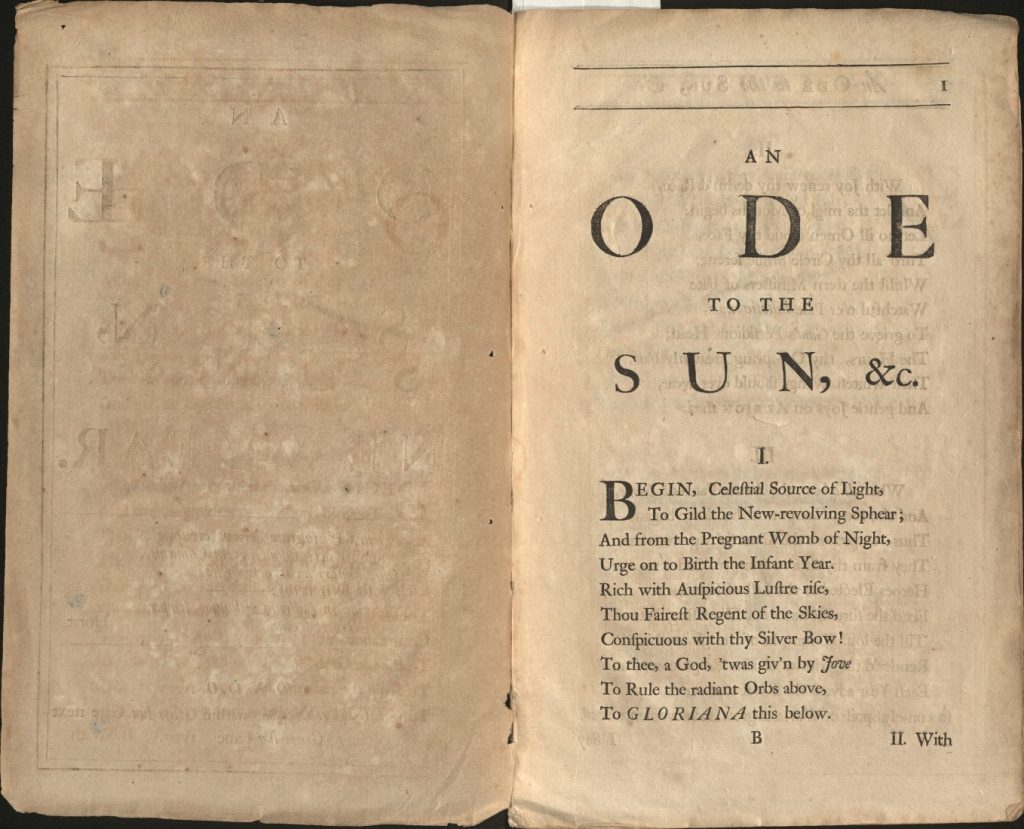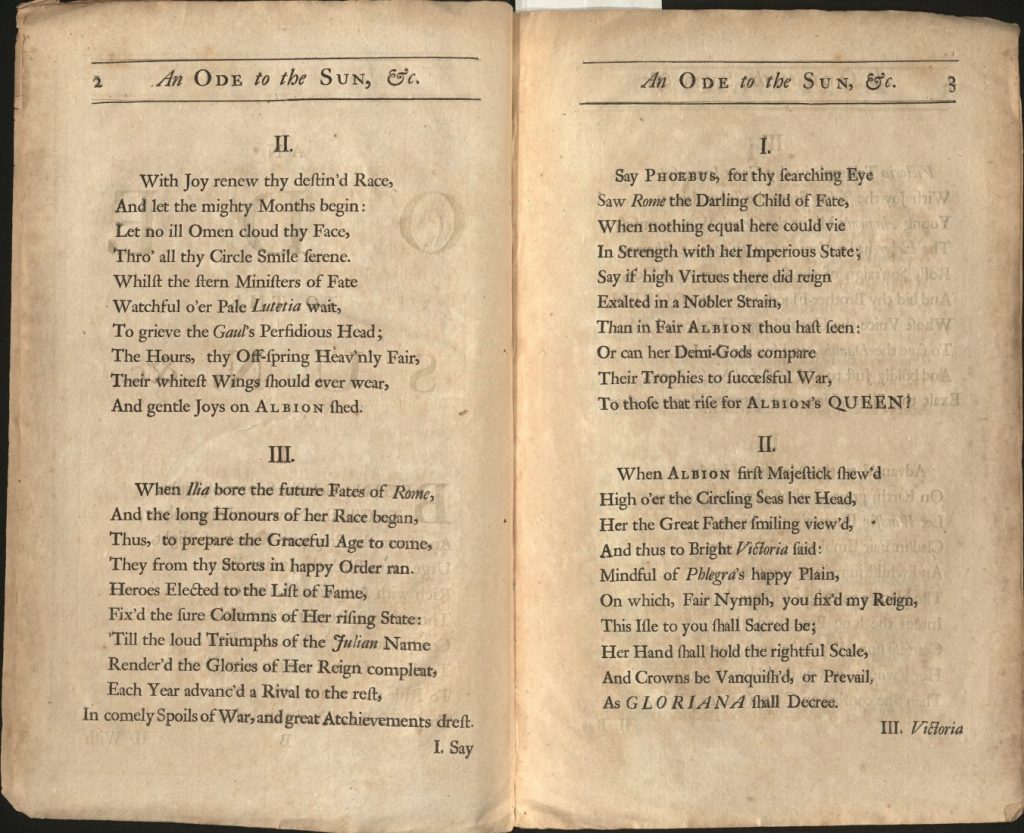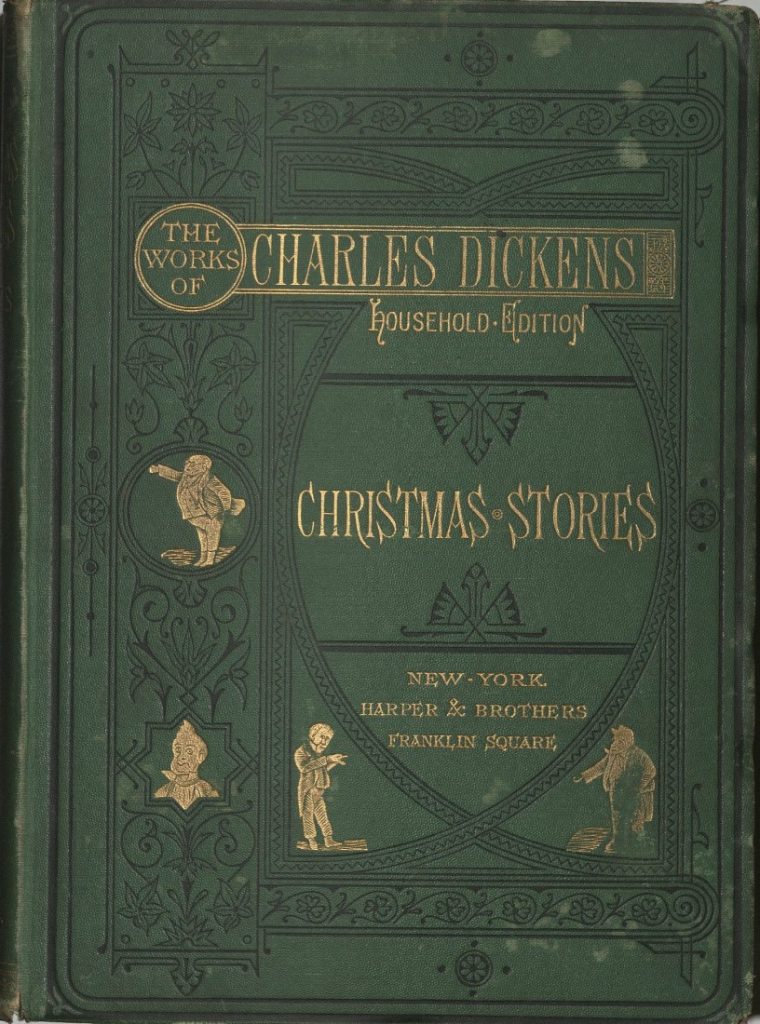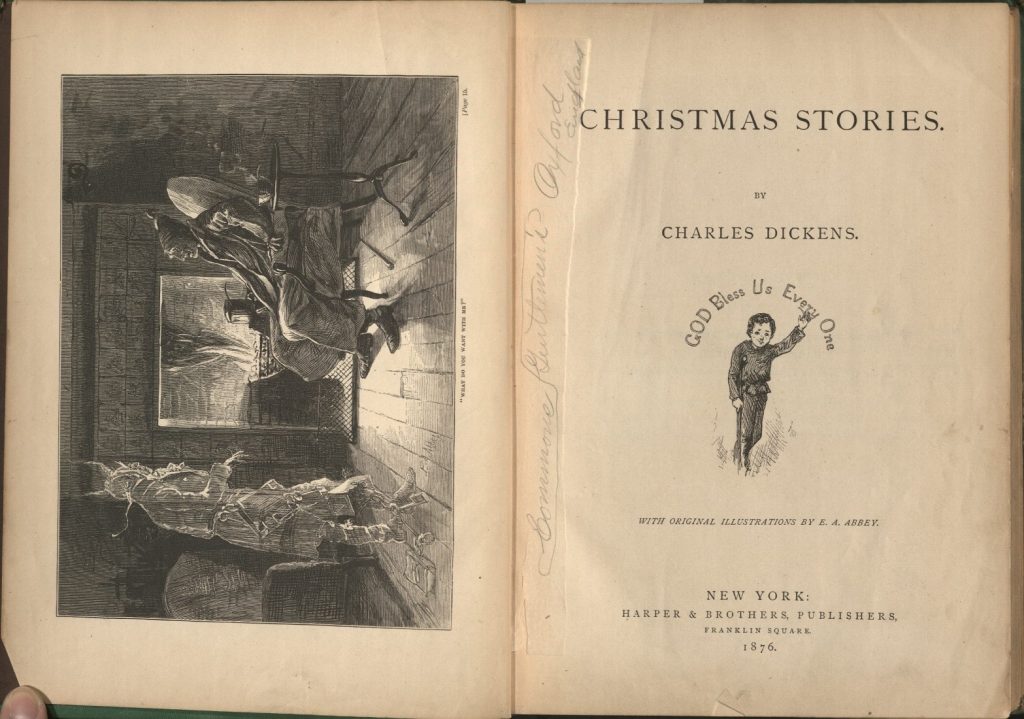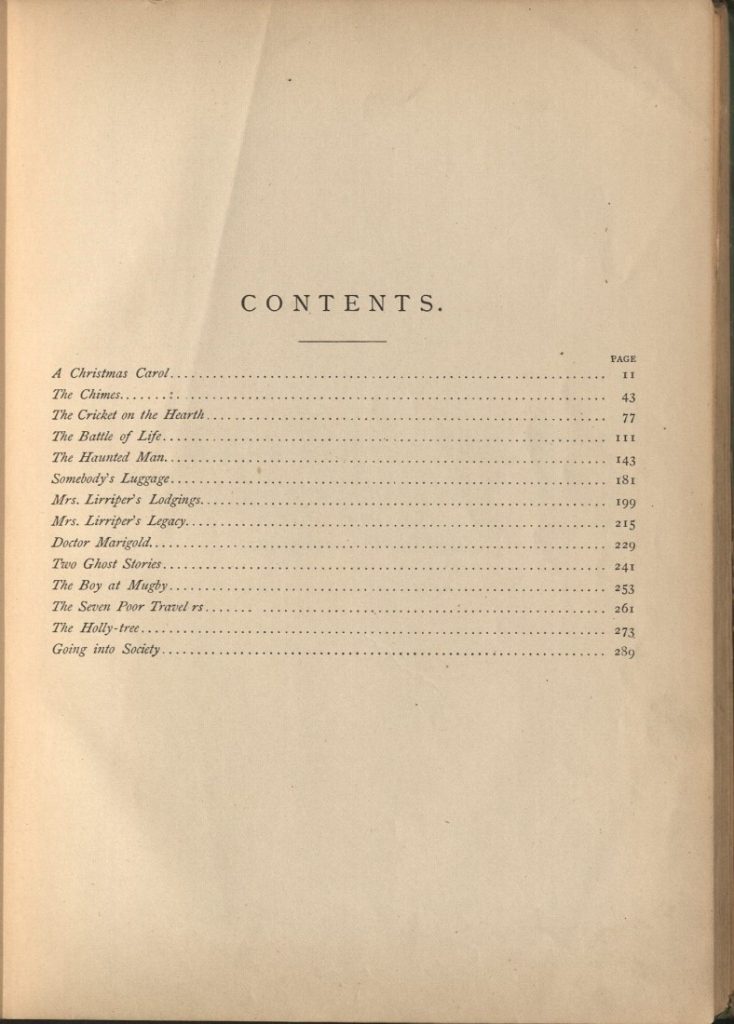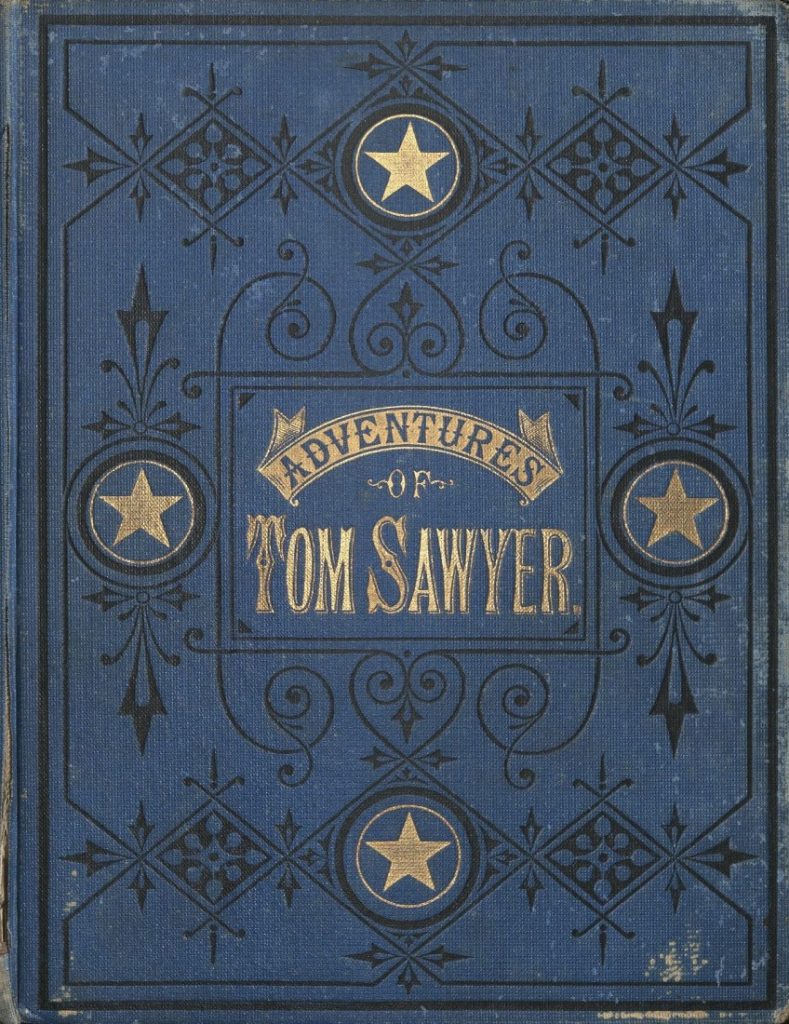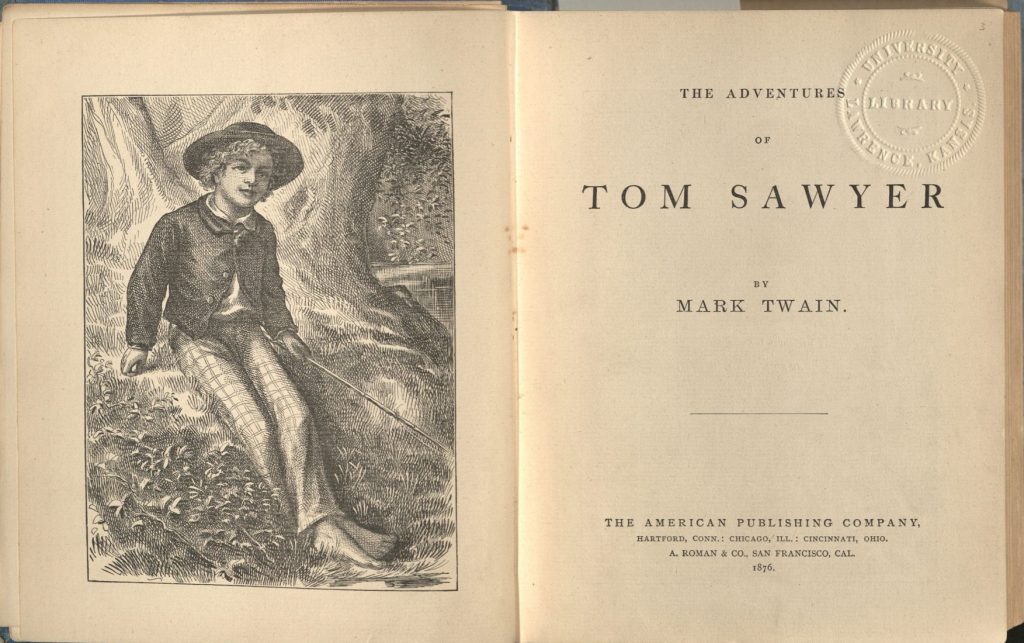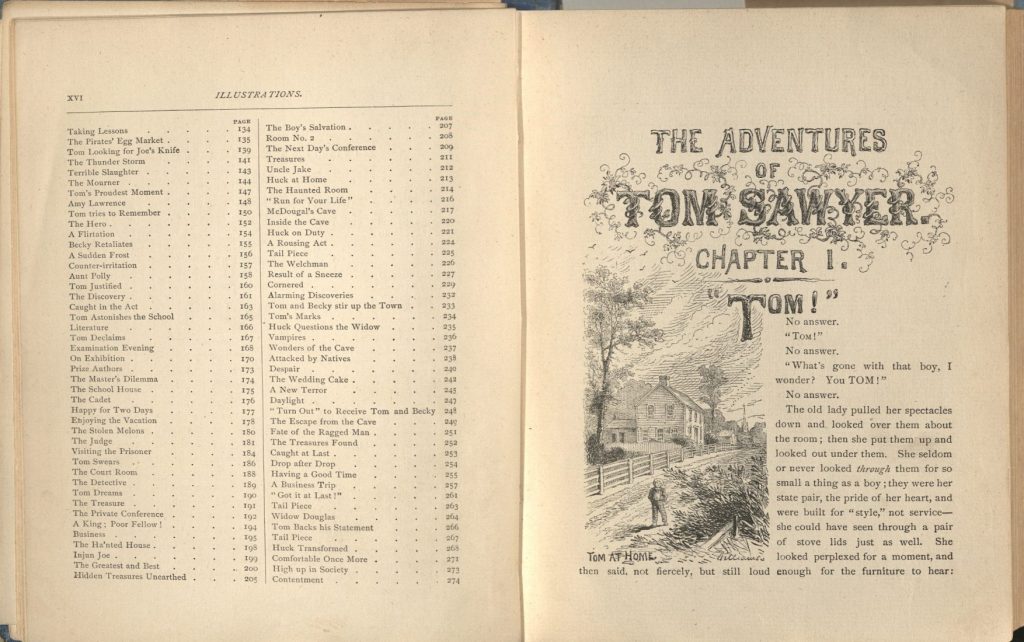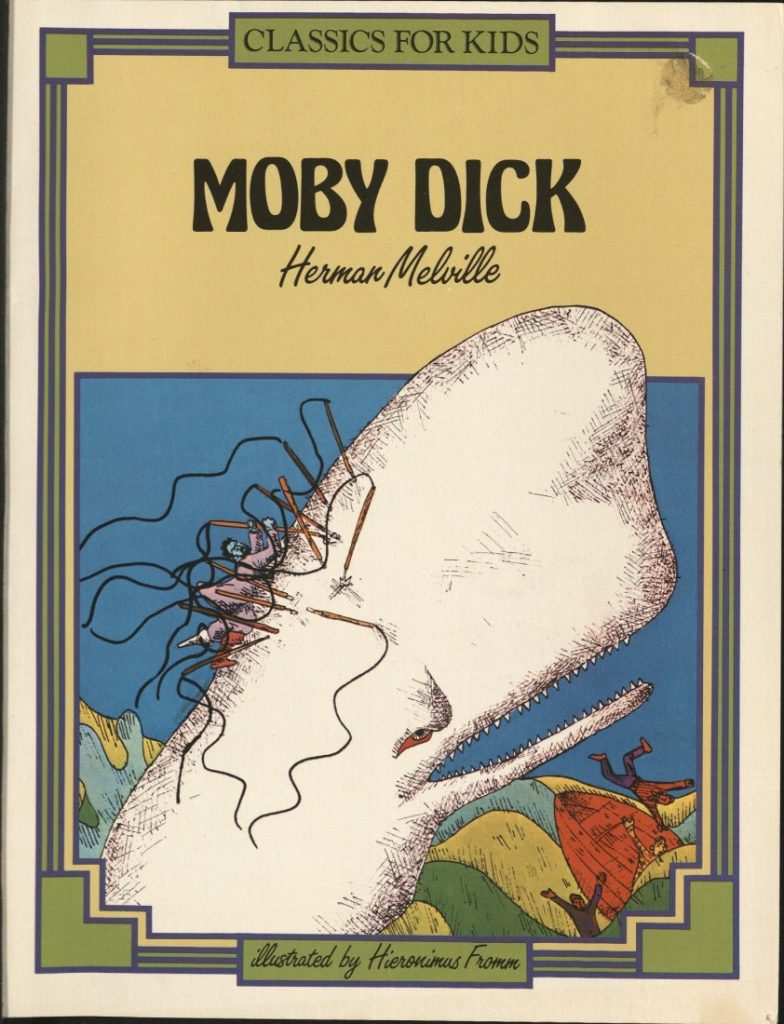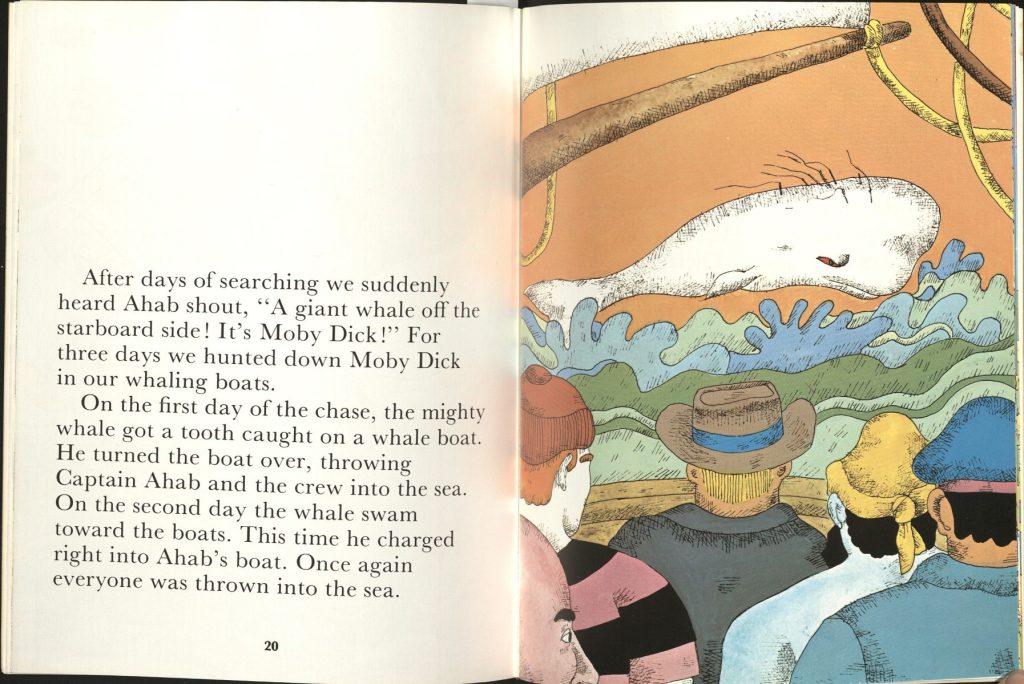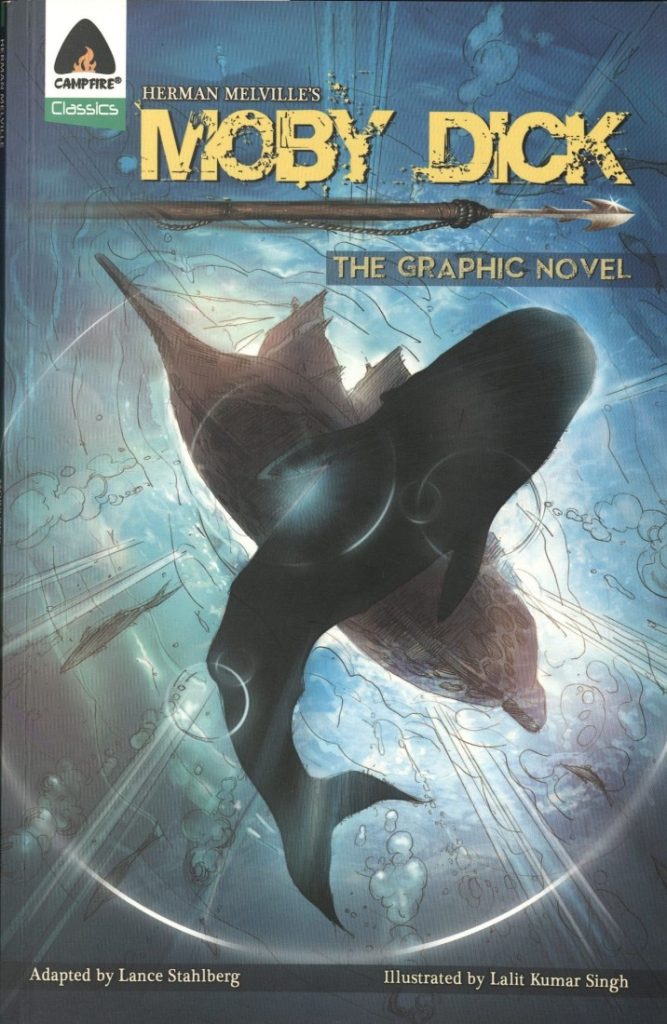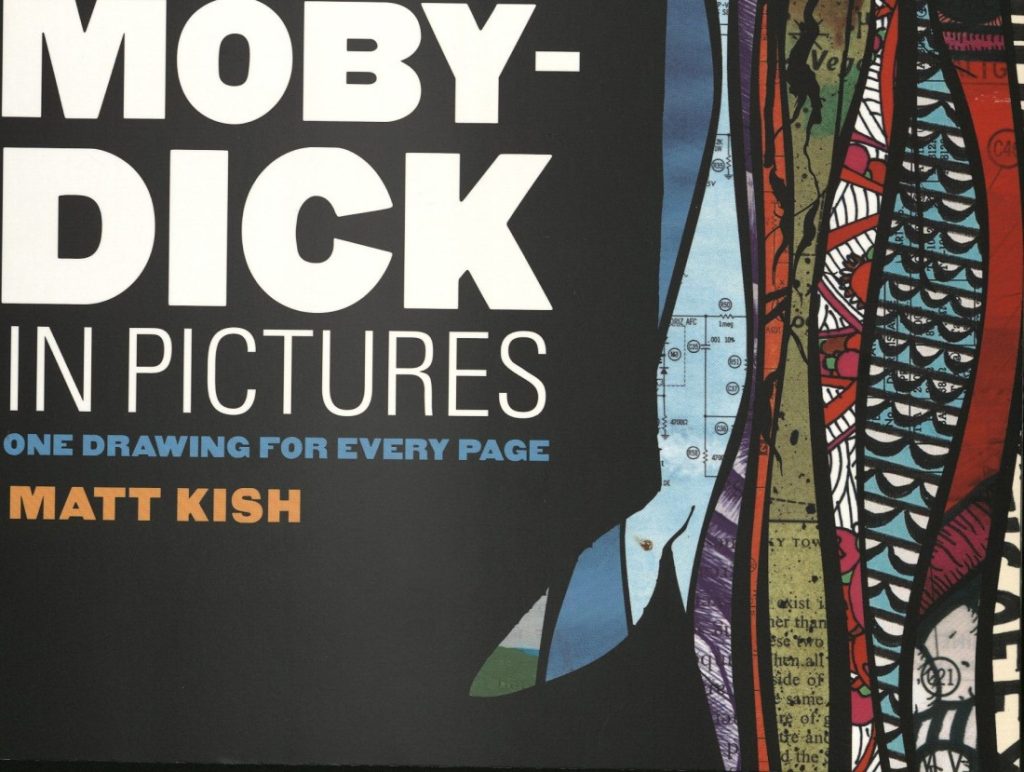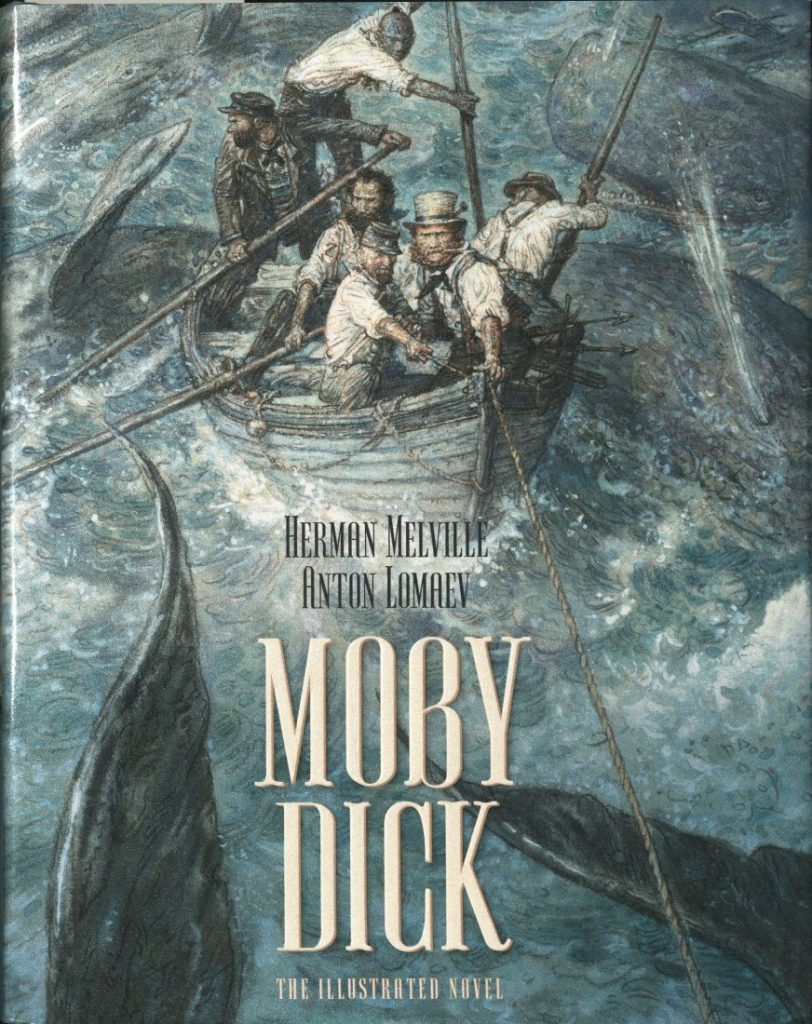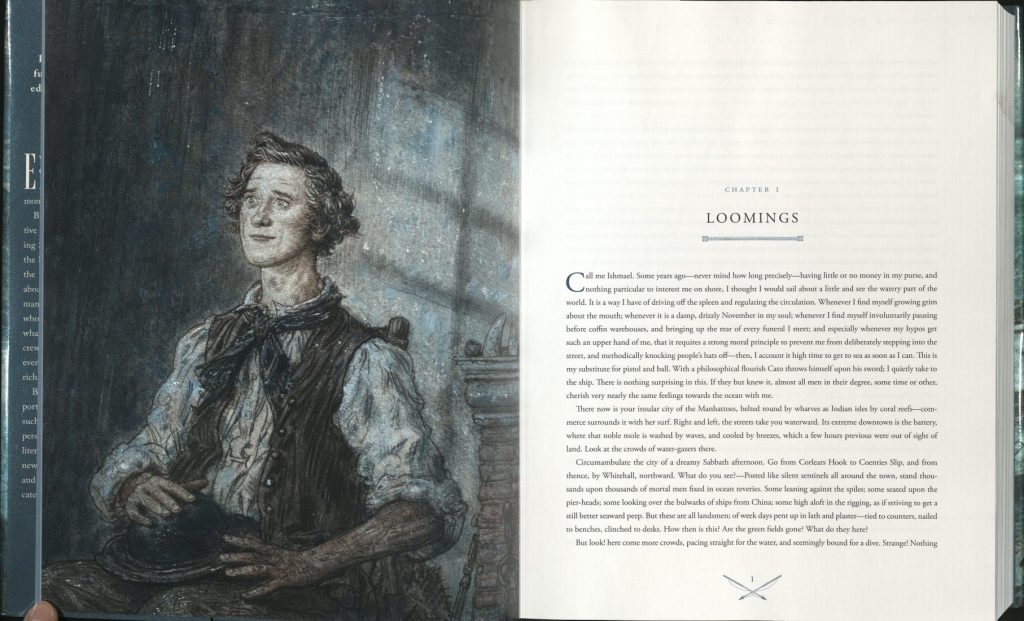Happy Birthday!
January 2nd, 2024I’ve recently hit 40 and so birthdays have been on my mind, and what is New Year’s other than another sort of birthday celebration? Birthdays have been a cause for partying and remembrance for a long, long time. They’ve been a way families can reinforce bonds, a way to celebrate public figures, and certainly a way to mark the time. As such, we’ve gathered a number of birthday related materials in our collections and in celebrating my own birthday, I’ll share a few with all of you!
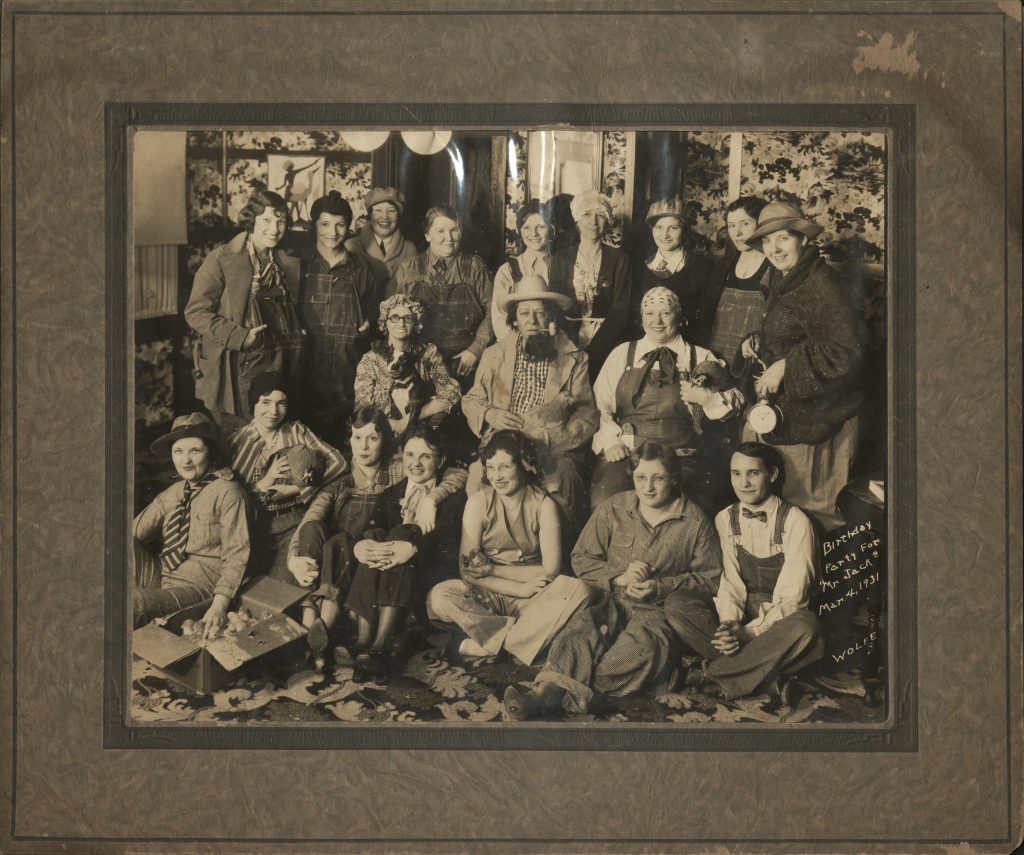
I can’t help but hope that the “Mr Jack” in question is the chicken in the center of the photo, but I suppose we’ll never know.
We also have some heavy hitters, literarily speaking: An invitation sent to William Allen White, at the behest of George Harvey, to attend the 70th birthday celebration of Mark Twain!
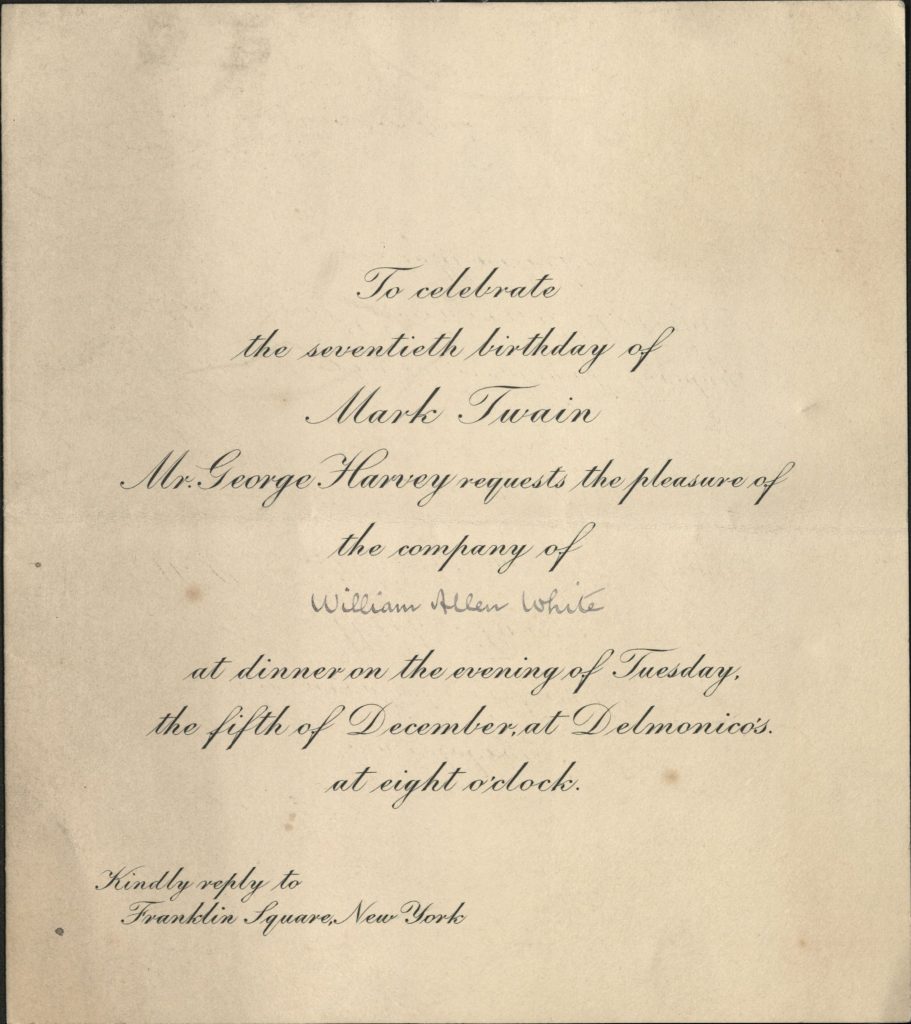
Continuing a trend of journalistic birthday items, we have a lovely collection of letters from Albert T. Reid, known for political cartoons among other things, to his grandson Leonard. This letter shows the sharing of gifts and building of birthday memories, even with those not able to be present.
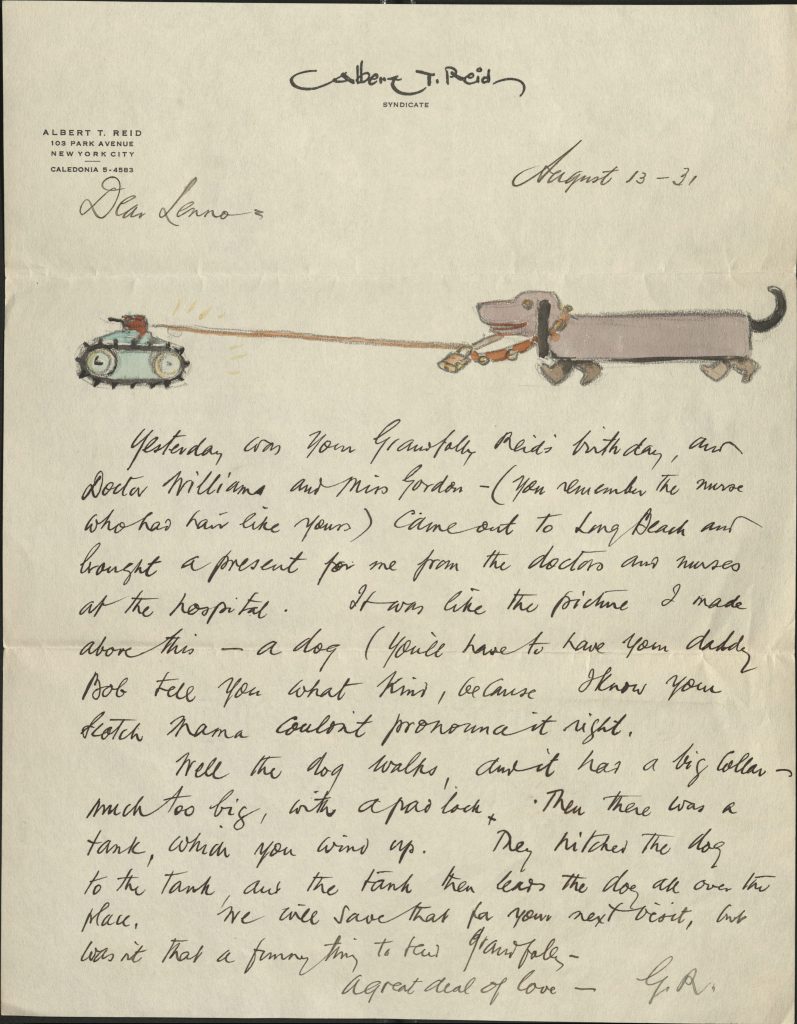
Strengthening the family aspect, we have a poem from the poet William Sotheby (1757-1833) on how gifts (flowers) are lovely, but that “Duty, Gratitude, and Love” are even more precious offerings for a parent’s birthday given that they grew from the parent’s own influence.
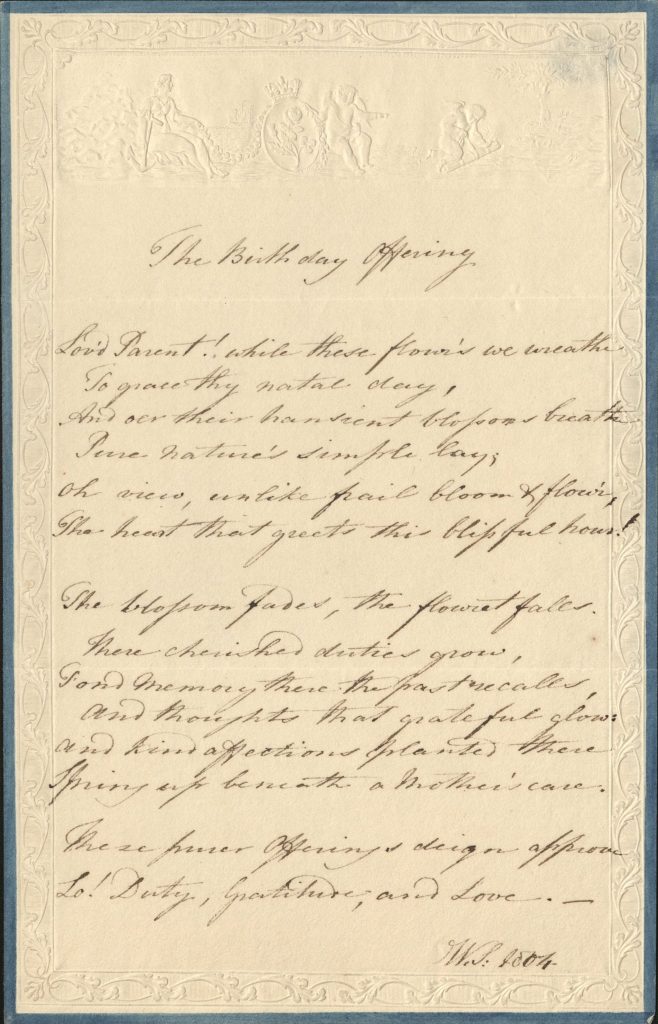
I love the physical detail of the document as well as the reflection present in the poem itself. Here’s a transcript I put together as I know the script is none too clear.
The Birthday Offering
Lov’d Parent! While these flowr’s we wreathe
To grace thy natal day,
And oer their transient blossoms breathe
Pure nature’s simple lay;
Oh view, unlike frail bloom of flow’r
The heart that greets this blissful hour!The blossom fades, the flowret falls.
There cherished duties grow,
Fond memore there the past recalls,
And thoughts that grateful glow:
And kind affections planted there
Spring up beneath a mother’s care.These purer offerings deign approve
– W.L. Sotheby
Lo! Duty, Gratitude, and Love.
We have many more things as well: cake photos, party programs, letters, and more. We would absolutely love to be the inspiration for your next celebration! And Happy Birthday to me. 🎉
Shelby Schellenger
Reference Coordinator

